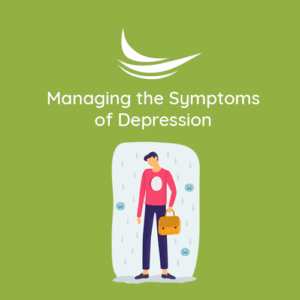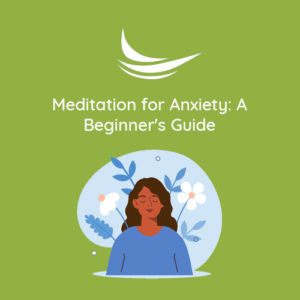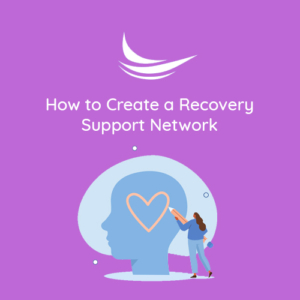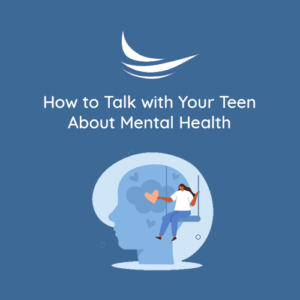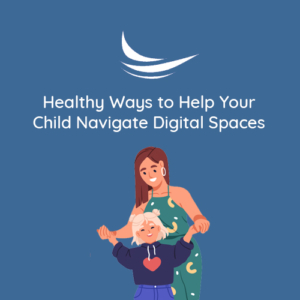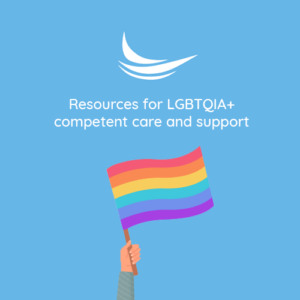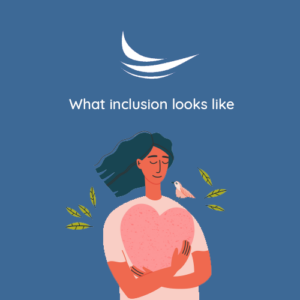Creating Welcoming Environments: Inclusive Language

Words are tricky. It can be difficult to find or know the right words, especially because their meanings sometimes change over time, or mean different things to different people, or in various contexts. But, understanding that we might not always get it exactly right, it’s still important to try.
Ally
A term used to describe someone who is actively supportive of LGBTQ+ people.
Gender identity
Describes our internal understanding and experience of our own gender identity. Each person’s experience of their gender identity is unique and personal, and cannot be known simply by looking at a person.
Gender expression
Describes the external appearance of one’s gender identity, usually expressed through behavior, clothing, body characteristics or voice, and which may or may not conform to socially defined behaviors and characteristics typically associated with being either masculine or feminine.
Sexual orientation
The scientifically accurate term to describe who someone may be attracted to and/or desire to be in a relationship with. Use ‘sexual orientation’ rather than ‘sexual preference’. The word ‘preference’ can imply that a person’s sexual orientation is a choice.
Pronouns
It is important to be intentional about the way we use pronouns as we all work to create as inclusive an environment as possible. Commonly used pronouns include: She/her/hers, He/him/his, They/them/theirs. Listen for and respect how the pronoun someone uses to self-identify. To show your support and understanding, you can also introduce your own pronouns when you meet a person, which gives them the opportunity to share theirs.





